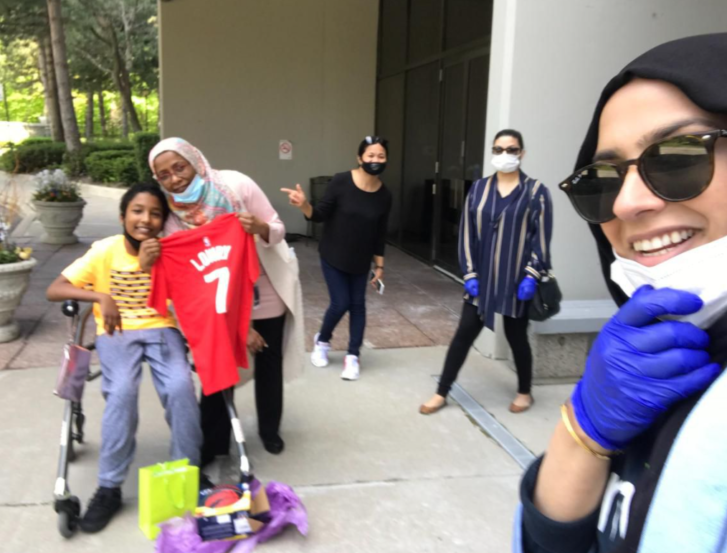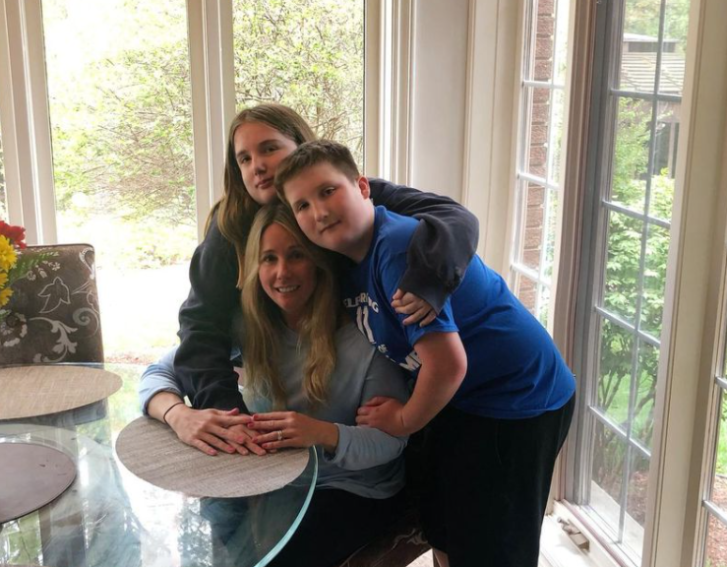One in five Canadians live with disabilities — a number likely to grow as the pandemic presses on. Advocates share how leaders should plan ahead.
As the COVID-19 case count in Canada surges due to the Omicron variant, the number of people dealing with long-term symptoms — an expansive list that can include brain fog, fatigue, muscle aches — will grow.
Palliative care physician Dr. Amit Arya sees this easily snowballing to be a “mass disabling event.”
The GTA physician is one of several health-care professionals who have been speaking out about how ineffective government action will likely increase the number of people living with disabilities. And more than that, how leaders have overlooked the existing disabled community altogether.
“There (are) going to be millions of people who will be suffering from long COVID. And we’re not prepared to provide them proper health care (or) proper social supports,” said Arya.
As of last September, before Omicron was identified, about 60 per cent of adults infected with COVID-19 reported dealing with at least one symptom for more than 12 weeks, according to the federal website.
Even before COVID was a factor, at least one in five Canadians already lived with a disability, according to numbers from the 2017 Canadian Survey on Disability.
“We’re all a serious illness or an accident away from living with a disability or living with some type of serious medical condition,” Arya said.
And yet two years in, the pandemic response has pressed on without people with disabilities in mind.

Members of the community say changes need to start now.
It’s not a matter of waiting for the next emergency — many of the problems grew out of gaps that already existed and were made worse by a failure to prepare.
“People with disabilities have been invisible during this pandemic. And I think that continues to be true,” said Deborah Stienstra, a politics professor at the University of Guelph who focuses on disability. “And they bear a disproportionately negative impact of both COVID and measures to address COVID.”
Stienstra, who has a disability, was lead researcher on a report the university put out in the spring on disability inclusion in the government’s pandemic response to help Employment and Social Development Canada improve.
It found that people with disabilities were excluded from COVID-19 support due to inadequate data, lack of targeted policies, restrictive eligibility criteria, lack of policy co-ordination and inaccessible communications.
This pandemic is just one example of a widespread emergency, but other disasters like floods and wildfires can have serious impacts as well. In all of it, leaders need to account for people with disabilities as part of their emergency management.
“We need to ask the questions, ‘Who are we including’ and ‘Who aren’t we imagining in this scenario?’” Stienstra said.
Chances are with inclusion, clawbacks of emergency benefits would have been considered. Vaccines and tests would bemore accessible to high-risk Canadians. These and more initiatives could be prepared in advance.
At the end of last year, a challenge was filed under the Canadian Charter of Rights and Freedoms that claims COVID-19 relief programs discriminated against workers with disabilities. CERB required recipients to have earned at least $5,000 the year before, but those receiving the Canada Pension Plan disability benefit can only earn up to $6,100 without losing the benefit, so odds are they may not make the cut. Other disability benefits have similar rules about annual income.
Hitches like these can be caught if people with disabilities are part of emergency planning conversations.
“In doing that, we recognize that people with disabilities are part of the Canadian population; part of humanity, not an exception or a problem to be dealt with. They’re just part of who we are,” Stienstra said.
Disabilities are diverse — whether physical, sensory, intellectual or mental, individuals can have different priorities from one another but having them present in decision-making will bring more to the table.
And there’s overlap.
Sukaina Dada is in contact with dozens of families whose children have disabilities through her work as executive director of SMILE Canada and she says four major obstacles emerged over the pandemic.
Some are shared by other Canadians: access to information proved to be challenging, especially since a number of the families SMILE serves are also refugees or recent immigrants, and online learning was particularly challenging for students with disabilities.
Many vital services like speech therapy, autism groups and support groups moved online or had to close and, months in, accessing them is still tough.

Jessica Moran, whose brother has a disability, says he’s felt the brunt of closed day programs. And her 13-year-old daughter, who deals with neurological differences, has attempted suicide multiple times during the pandemic. The wait list for publicly funded dialectical behaviour therapy was six months, so they paid out of pocket. “The system is just completely overwrought,” Moran said.
“I think, systemically, we haven’t taken a close look, especially within the COVID context, at children with disabilities and what are the services and supports that they’ve lost? And what is it that they need?” Dada told the Star.
But the biggest problem Dada has seen these families deal with is financial insecurity. And that is something that is a wide-reaching issue.
Provincial disability supports — like the Ontario Disability Support Program — vary depending on the situation, but advocates say across Canada it’s usually less than $2,000, which is the amount CERB offered, seemingly as the minimum on which a person could live.
And yet, living with a disability, life is often more expensive.
In 2017, researchers looked at 10 mostly high-income countries, including Canada, and found that additional costs can be between $1,500 to $9,000 per year for things like out-of-pocket medical costs, assistive devices or care workers.
With the pandemic, things like PPE, grocery delivery and extra transportation costs were added to the list.
“Disabled people were living in poverty before the pandemic, during the pandemic and are in deeper poverty now,” Michelle Hewitt said.

Hewitt, who is co-chair of Disability Without Poverty, points out that living with a disability is one minority group that anyone can join.
Disability Without Poverty is led by people with disabilities and came about around the end of 2020 in response to gaps in how the government served their communities during the pandemic and to push for a national disability benefit, which has been slowly moving through Parliament and would provide support besides existing provincial programs.
Poverty among people with disabilities is having unintended and surprising consequences.
Hewitt and Stienstra both pointed out that earlier this year the federal government expanded access to medical assistance in dying (MAID), allowing someone with serious incurable illness, disease or disability to choose to end their life.
Both said it has had a demoralizing impact on some in the disability community. And that sometimes a person could lead a quality life with access to treatments and basic needs — but they can’t afford it.
They mentioned this has been the case for a B.C. woman, who uses the pseudonym Madeline and has been sharing her story widely. She has been using GoFundMe to pay for treatments to cope with her illnesses and pain, but once the money runs out she told the Star she plans to move forward with MAID.
The pandemic has exposed these issues and more to the public, but they aren’t new, Hewitt said. “This isn’t something that we need to take, you know, years of study followed by years of implementation. It’s something that we believe can and should be fast tracked.
“My new year wish is that we get the job done.”
Article From: The Star
Author: Angelyn Francis

